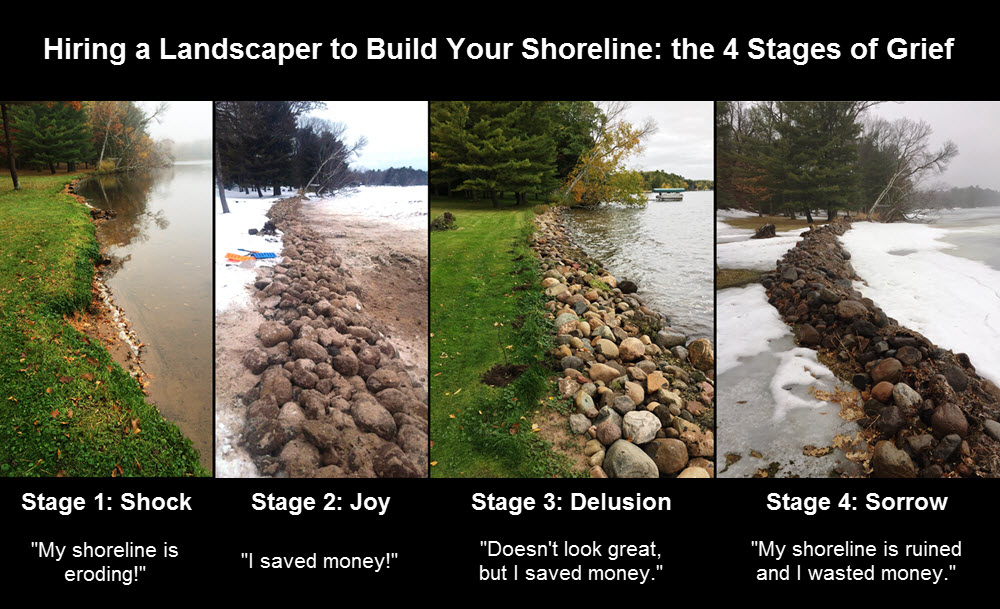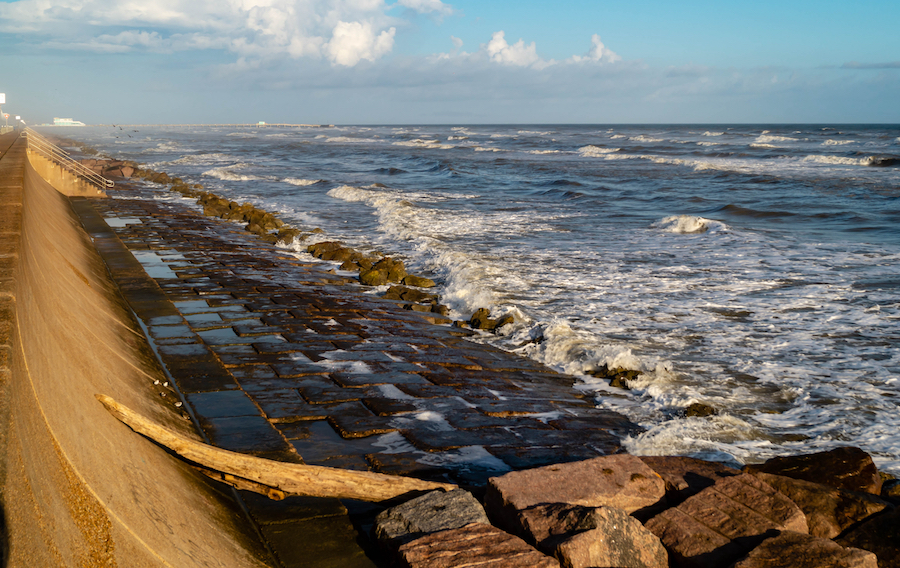An Unbiased View of Shore Protect Team
Table of ContentsThe Best Strategy To Use For Shore Protect TeamFacts About Shore Protect Team RevealedShore Protect Team Fundamentals ExplainedThe 6-Second Trick For Shore Protect TeamShore Protect Team Fundamentals ExplainedThe Buzz on Shore Protect Team10 Easy Facts About Shore Protect Team Described
Reduction in property worth: As the area tourism is affected by erosion, so after that is the economic situation. Buyers are much less likely to browse for a beach house that might be ruined anytime by the upcoming flooding and erosion emergency situation. Consequently, residential property value can go down immensely and affect the whole area.Whether a beach is simply little and crowded or needs to shut completely for the security of the community and close-by residential or commercial properties, this considerably impacts tourist. Subsequently, neighborhood economic situations are impacted (https://www.brownbook.net/business/54380606/shore-protect-team). Threat of injury: The boosted risk of flooding and structural failures causes an increased risk of injury to neighboring visitors and community members

Coastline stabilization is straight relevant to their work. Waterside resorts: Due to the fact that shoreline disintegration effects tourist, it affects the success of waterside hotels.
The Ultimate Guide To Shore Protect Team
This ultimately causes closures and deserted beachfront homes. Coastal business services: No travelers indicates no business. For those companies dealing with citizens, their residential property goes to danger of damage from erosion and flooding. Coastal state parks: State parks that exist along shorelines are at danger of damage. Not only to the manmade structures and buildings on website, however likewise to the natural communities that exist within.
Soft stabilization is a much far better option for the setting and even more lasting overall. Difficult stabilization uses man-made structures as protection to regulate erosion. Generally, these structures are mounted at appropriate angles or parallel to stop sand activity and lessen the force of waves. Many types of hard stabilization like seawalls and sheet steel are not perfect for coastline stablizing.
The Ultimate Guide To Shore Protect Team
There's additionally insufficient evidence of their effectiveness depending upon the kind of shoreline and regional conditions. Tough stablizing methods have a tendency to be a lot more difficult to install and do not match the natural visual, sticking out like a sore thumb and hurting regional ecological communities in lots of situations. Coastline sustenance is the procedure of including shed sand and sediment back to beaches after disintegration has taken place.
TrapBags help in the procedure of beach nutrition by safeguarding all-natural ecosystems and allowing plants to expand. They're: Environmentally friendly: You can utilize native dirt both to surround and to fill up the TrapBags.

Shore Protect Team Things To Know Before You Buy
Easy to install: Reduce of installment means TrapBags can be released swiftly in the event of an emergency situation. They can additionally be installed with no heavy machinery. Affordable: TrapBags are optimal for both small and large locations of coastline. They supply a budget-friendly service to cover tasks of any kind of dimension.
Combined with a high building and construction expense, this has caused boosting use of other soft design seaside management alternatives such as beach replenishment. Seawalls are constructed from various products, most frequently enhanced concrete, stones, steel, or gabions. Various other feasible construction materials consist of vinyl, wood, aluminum, fiberglass composite, and eco-friendly sandbags made from jute and coir. The suitable seawall layout depends on location-specific elements, including bordering disintegration processes. There are 3 primary kinds of seawalls: vertical, curved, stepped, and mounds (see table listed below).
All-natural barriers, such as coral reefs and mangrove woodlands, protect against the spread of tsunamis and the flow of coastal waters and reduced the flooding and surge of water. A cost-benefit method is an efficient method to determine whether a seawall is suitable and whether the advantages are worth the expenditure.
Not known Facts About Shore Protect Team
A seawall is a fixed function which can contravene the vibrant nature of the coastline and hamper the exchange of debris in between land and sea. The table listed below sums up some favorable and unfavorable results of seawalls which can be utilized when contrasting their performance with other seaside management alternatives, such as beach nourishment. [] Advantages and downsides of seawalls according to Short (1999) Benefits Downsides Long-term option in comparison to soft coastline nutrients.

This can trigger coastlines to dissipate, providing them worthless for beach goers. Typically, seawalls can be an effective means to manage coastal erosion, but just if they are created well and out of products that can endure the force of recurring wave power. Some understanding is required of the seaside procedures and morphodynamics particular to the seawall area.
4 Easy Facts About Shore Protect Team Explained
Incorporated with a high building and construction price, this has actually brought about raising usage of various other soft engineering seaside monitoring options such as coastline replenishment. Seawalls are created from various materials, a lot of commonly enhanced concrete, boulders, steel, or gabions. Other possible building and construction products include plastic, timber, aluminum, fiberglass composite, and naturally degradable sandbags made from hemp and coir. The proper seawall design counts on location-specific facets, including surrounding erosion procedures. There are 3 main types of seawalls: vertical, rounded, stepped, and mounds (see table below).
Natural obstacles, such as reef and mangrove woodlands, prevent the spread of tsunamis and the flow of seaside waters and reduced the flooding and surge of water. A cost-benefit technique is an effective way to determine whether a seawall is appropriate and whether the benefits deserve the expense.
The 15-Second Trick For Shore Protect Team
A seawall is a static feature which can contravene the dynamic nature of the coast and restrain the exchange of debris in between land and sea. The table listed below sums up some favorable and negative impacts of seawalls which can be utilized when contrasting their effectiveness with various other coastal monitoring alternatives, such as coastline nourishment. [] Advantages and drawbacks of seawalls according to Short (1999) Benefits Negative aspects Long-term solution in contrast to soft coastline nutrients. bulkhead cost.

This can create coastlines to dissipate, making them pointless for beach goers. Normally, seawalls can be a successful means to manage coastal erosion, yet only if they are created well and out of products that can withstand the pressure of continuous wave power.